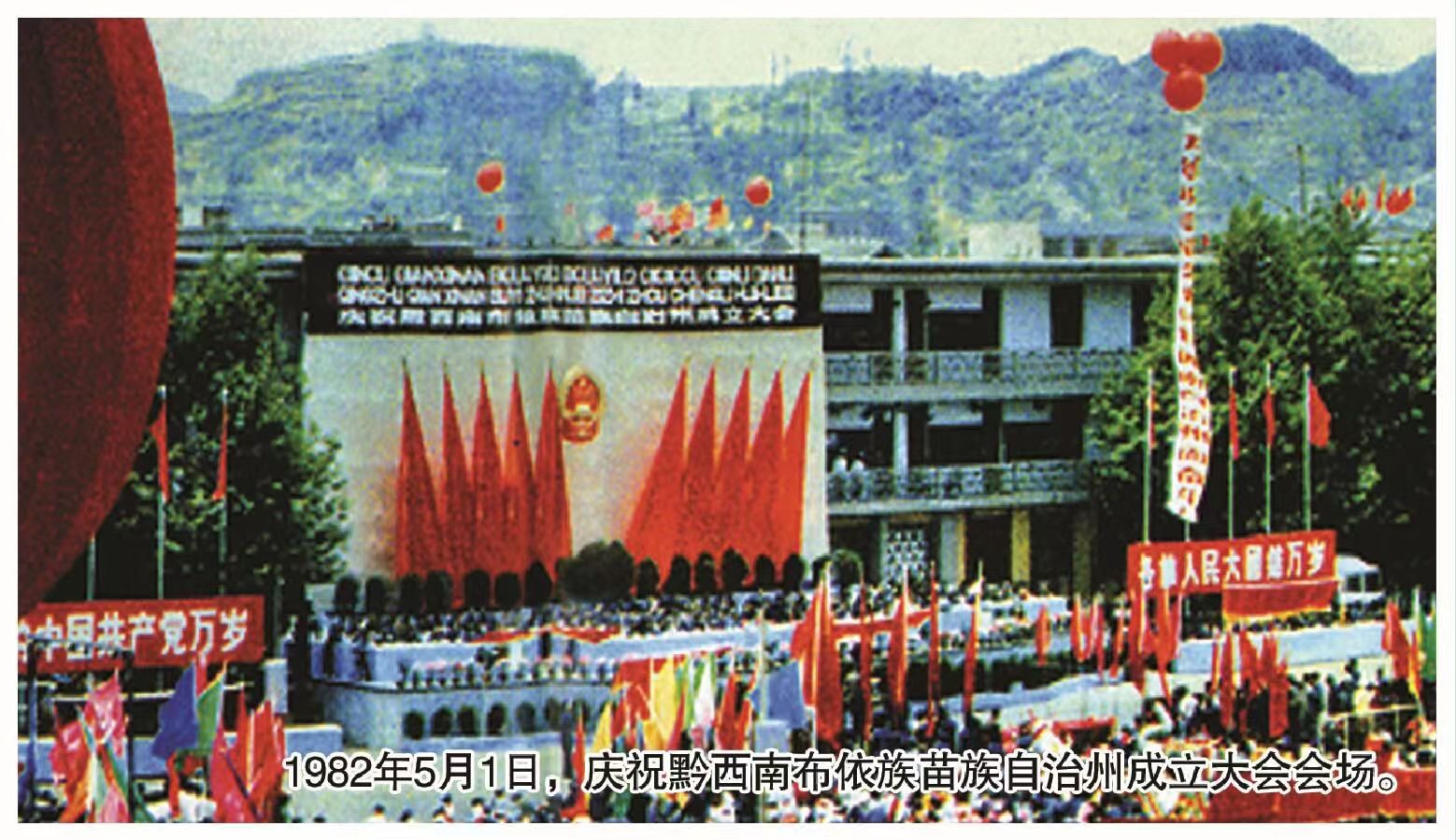Cinema 1950 witch cloth drawKomiks 1960 witch cloth drawEditor’s note: Use history to learn from the present and educate people. On the occasion of the successful convening of the 20th National Congress of the Party, the Guizhou Provincial Party Committee Party History Research Office and Guizhou Daily Newspaper and the “Party Building Jingwei” series of reports were launched on Tianyan News and the “Party Building Jingwei” channel of the Contemporary Pioneer Network to further educate and guide the broad masses of party members, cadres and the masses to remember the century-old struggle of the Party, strengthen ideals and beliefs, keep in mind the original aspirations and missions, and take the initiative to take responsibility. As a result, it provides continuous spiritual support for promoting the high-quality economic and social development of our province and striving to write a new chapter in the modernization of Guizhou.
Series of reports are launched today⑰:
Practice of regional ethnic autonomy in Guizhou
After the liberation of Guizhou, the Guizhou Provincial Committee and the Provincial Government of the Communist Party of China thoroughly implemented the policies, laws and regulations of the Party and the state on regional ethnic autonomy, and promoted the development of various ethnic work. In 1951, the first ethnic autonomous region in the province, Kaili Miao Autonomous Region (county-level district), was established in Lushan County (now Kaili City). By January 1953, five special zones were established, namely Guiyang, Zhenyuan, Anshun, Dushan and Bijie, and the first, second and third areas of Guizhu 27 counties including Huaxi, Wudang and Baiyun, Guiding, Qingzhen and Qianxi, and Songtao County.A> District has established a coalition government for ethnic democracy.

Partners of the first session of the First People’s Congress of Qiandongnan Miao and Dong Autonomous Prefecture and guests took a photo (photo provided by the Party History Research Office of Qiandongnan Prefecture Committee)
From 1952 to 1954, Economic and Government AffairsBabaylan 1990 clothes The draw court approved the abolition of counties to establish Lushan, Danzhai, Taijiang and Leishan Miao Autonomous Regions, Huishui Yi and Miao (Buyi and Miao) Autonomous Region, Weining County Yi and Hui and Miao Autonomous Region, and Luodian County Buyi Autonomous Region. In 1955, with the approval of the State Council, the seven autonomous regions of Weining, Luodian, Huishui, Leishan, Lushan, Danzhai and Taijiang were converted into autonomous counties, and the township was changed into ethnic townships. In April 1956, the State Council approved the abolition of the three special zones of Zhenyuan, Duyun and Guiding, and set up the Qiandongnan Miao and Dong Autonomous Prefecture and the Qiannan Buyi and Miao Autonomous Prefecture. On July 23, Qiandongnan Miao and Dong Autonomous Prefecture was officially established. The administrative areas were 12 counties in Zhenyuan, Jianhe, Huangping, Shibing, Sansui, Cengong, Tianzhu, Jinping, Majiang, Liping, Rongjiang, Congjiang, and Yuanlushan, Taijiang, Babaylan 1990 cloth drawLeishan and Danzhai, with a total of 16 counties under its jurisdiction. On August 8, Qiannan Buyi and Miao Autonomous Prefecture was officially established. At that time, Quanzhou was under the jurisdiction of Duyun (now Duyun City), SanCinema 1950 witch cloth drawdu, Libo, Dushan, Pingtang, Huishui, Luodian, Changshun, Ziyun, Wangmo, Ceheng, Anlong, Zhenfeng and Zhenning., the original Huishui and Luodian Autonomous counties were changed to counties accordingly. Cinema 1950 witch cloth drawIn the same year, Ziyun County was classified as the jurisdiction of Anshun Special District, and Ziyun Miao Buyi Autonomous County was established; Wangmo, Ceheng, Anlong and Zhenfeng were classified as the jurisdiction of Xingyi Special District, and three Buyi Miao Autonomous County, Anlong, Zhenfeng and Wangmo, and Ceheng Buyi Autonomous County. In January 1956, Songtao County and Sandu County were abolished, and Songmao County were established, Taomiao Autonomous County and Sandu Autonomous County were established. In September 1963, the Zhenning Buyi tribe was established. The Komiks 1960 witch cloth drawMiaoBabaylan 1990 cloth draw tribe autonomous county was established.

The venue of the First Session of the First People’s Congress of the Qiannan Buyi and Miao Autonomous Prefecture in 1956 (Photo provided by Qiannan Prefecture Photography Association)
1Komiks 1960 witch clothes drawIn September 981, the State Council approved the abolition of the Xingyi region and the four autonomous counties of Anlong, Zhenfeng, Ceheng and Wangmo, and the establishment of the southwestern Buyi and Miao Autonomous Prefecture and the four counties of Anlong, Zhenfeng, Ceheng and Wangmo. On May 1, 1982, Babaylan 1990 cloth drawBuyi and Miao people in southwestern GuizhouZhizhou was officially established at Cinema 1950 witch cloth draw.
Guanling Buyi and Miao Autonomous County was established in August 1982. Yuping Dong Autonomous County was established in November 1984. In November 1987, two Komiks 1960 witch cloth drawJelao and Miao Autonomous County, Yinjiang Tujia and Miao Autonomous County, and Yanhe Tujia Autonomous County.

May 1982Cinema 1950 witch clothes draw to celebrate the Buyi and Miao Autonomous Prefecture in Southwest Qianxi Buyi and Miao Autonomous PrefectureCinema 1950 witch clothes The venue of the founding conference (photo provided by Qiannan Prefecture History and Chronicles Office) The implementation of regional ethnic autonomy has consolidated and developed the socialist ethnic relations of equality, unity, mutual assistance and harmony among all ethnic groups, and promoted the development of the revolution, construction, and reform of the province. (Author’s unit: Party History Research Office of Guizhou Provincial Committee of the Communist Party of China)